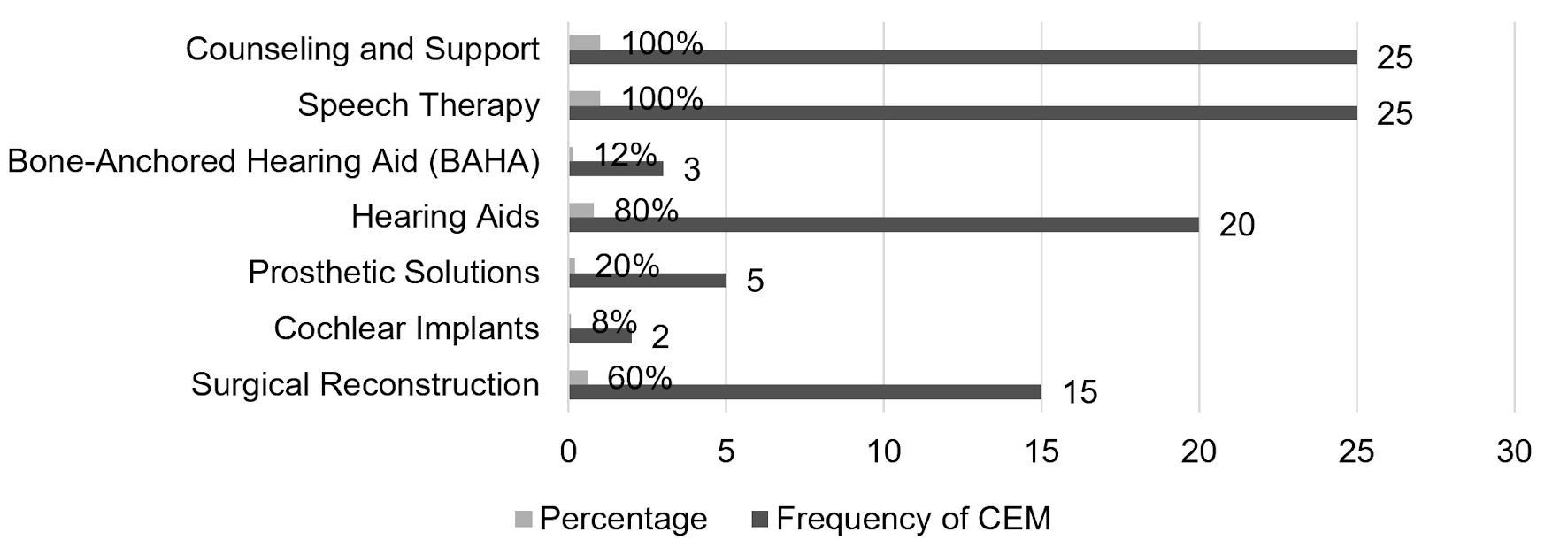Risk Factors in the Formation of Congenital Malformations of the Ear: Microtia and Atresia of the External Auditory Canal
DOI:
https://doi.org/10.14740/jocmr6205Keywords:
Congenital abnormalities, Ear canal, Microtia, Risk factors, External, Auditory canalAbstract
Background: The main study aims are to determine the incidence of congenital ear abnormalities in children in Kazakhstan and their risk factors. This research examined the medical treatment given to children with congenital malformations and the medical and social aspects impacting them and their parents. It also evaluated congenital ear deformity children’s quality of life.
Methods: This retrospective, cross-sectional study was conducted in two public health maternity hospitals in Kazakhstan and aimed to investigate 975 consecutive children delivered therein. The study utilized hospital records to assess various factors related to neonatal health and outcomes in the sampled population.
Results: The study revealed significant associations between congenital ear malformation and various factors: parental consanguinity (P = 0.001), maternal alcohol consumption (P = 0.020), cesarean section (P = 0.000), stillbirth/prenatal mortality (P = 0.005), and maternal medication use (P = 0.002). Surgical interventions comprised 68% of treatments, with non-surgical methods covering all cases, emphasizing a comprehensive approach. Maternal alcohol consumption (P = 0.005) and drug use (P = 0.002) showed notable associations with congenital malformations. Cesarean section (P = 0.048) and lower gestational age (P = 0.001) were linked to prenatal complications. Maternal behaviors like smoking (P = 0.010) and vitamin intake (P = 0.009) also impacted neonatal health.
Conclusions: These findings stress the importance of targeted interventions to mitigate risks in at-risk populations. Congenital ear malformations, influenced by genetics and environment, require targeted interventions. Surgical and non-surgical treatments address physical challenges, emphasizing holistic care for improved quality of life and well-being.

Published
Issue
Section
License
Copyright (c) 2025 The authors

This work is licensed under a Creative Commons Attribution-NonCommercial 4.0 International License.









